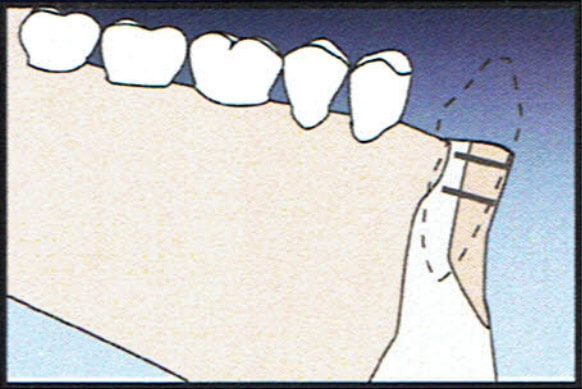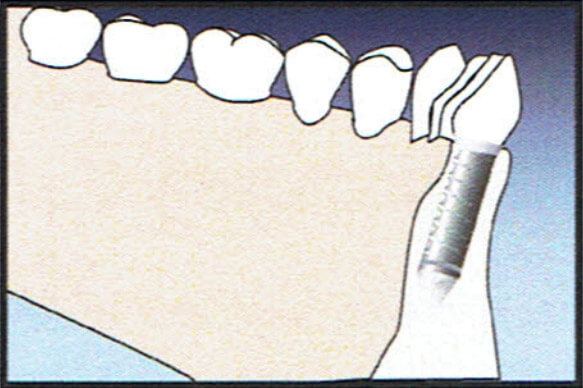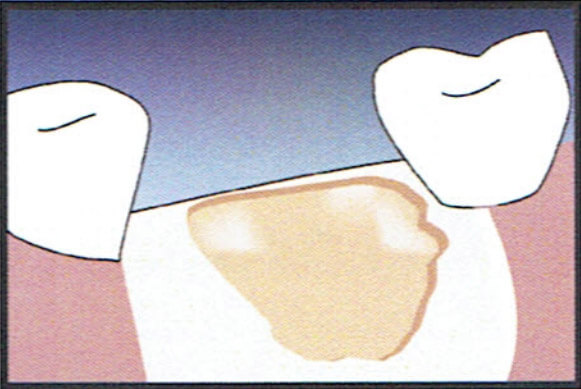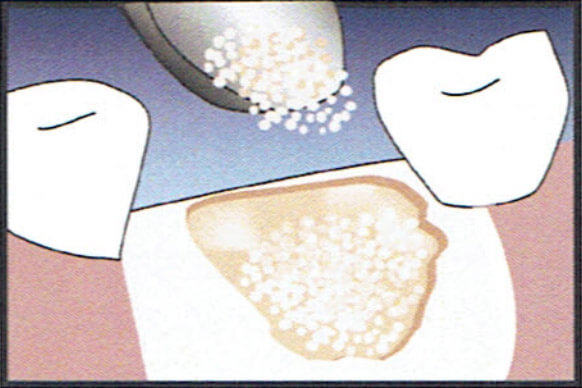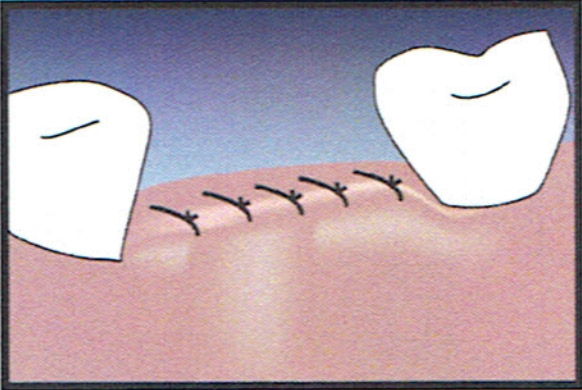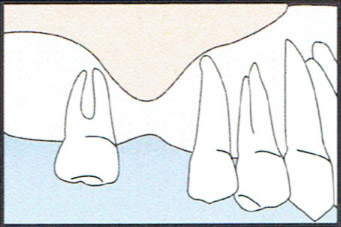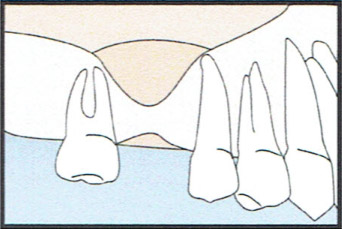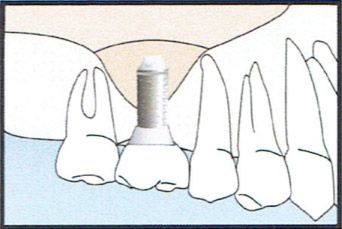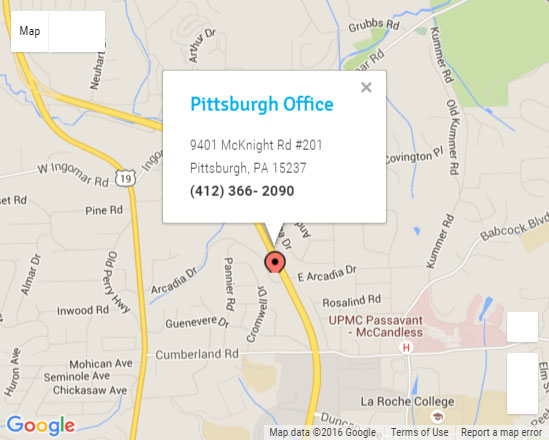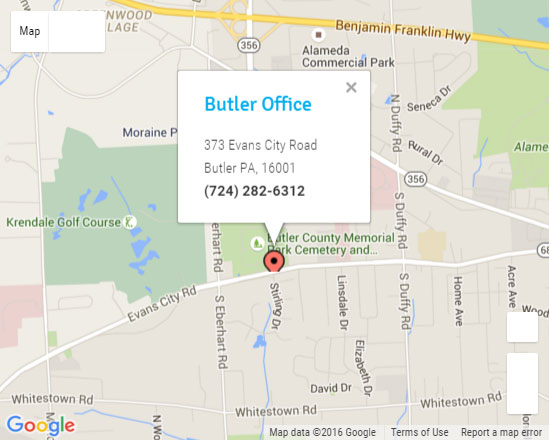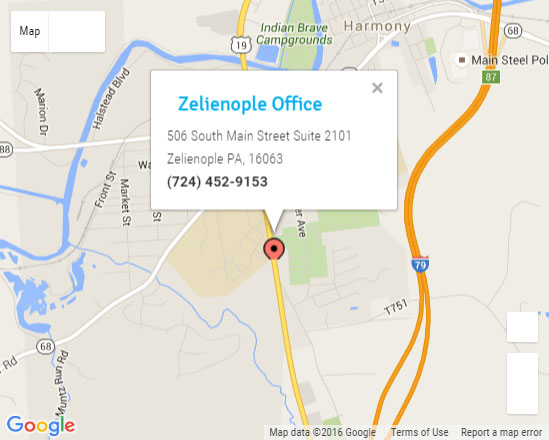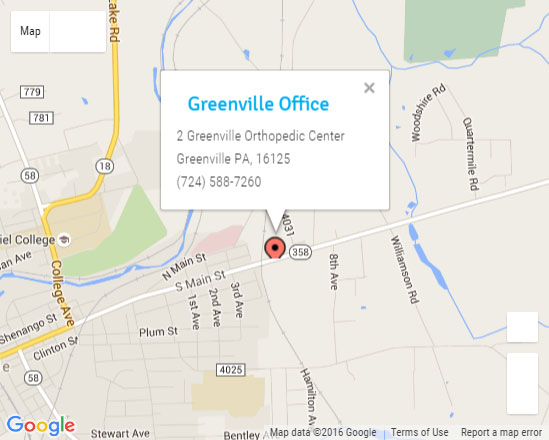Prepare Your Mouth for Implants with Bone Grafting
When you lose a tooth, the connected area of your jawbone will no longer receive the stimulation it needs for healthy bone growth. Over time, this will cause your jawbone to deteriorate and interfere with your candidacy for dental implants.
Thanks to surgical advances, we now have the ability to replace your bone as needed and prepare your mouth for implant placement with a bone graft procedure.

